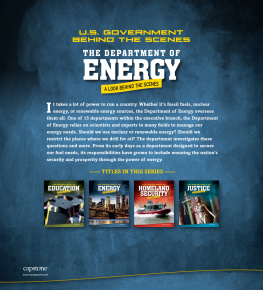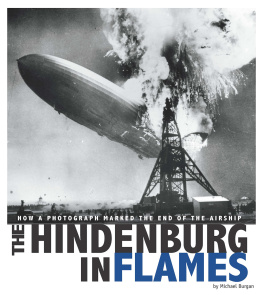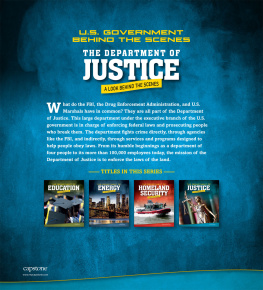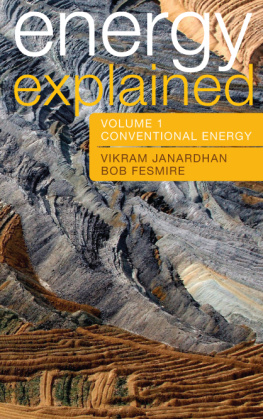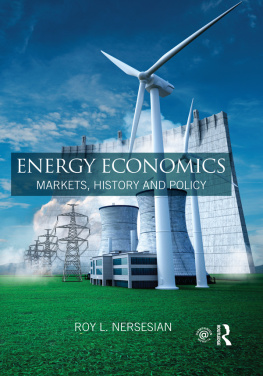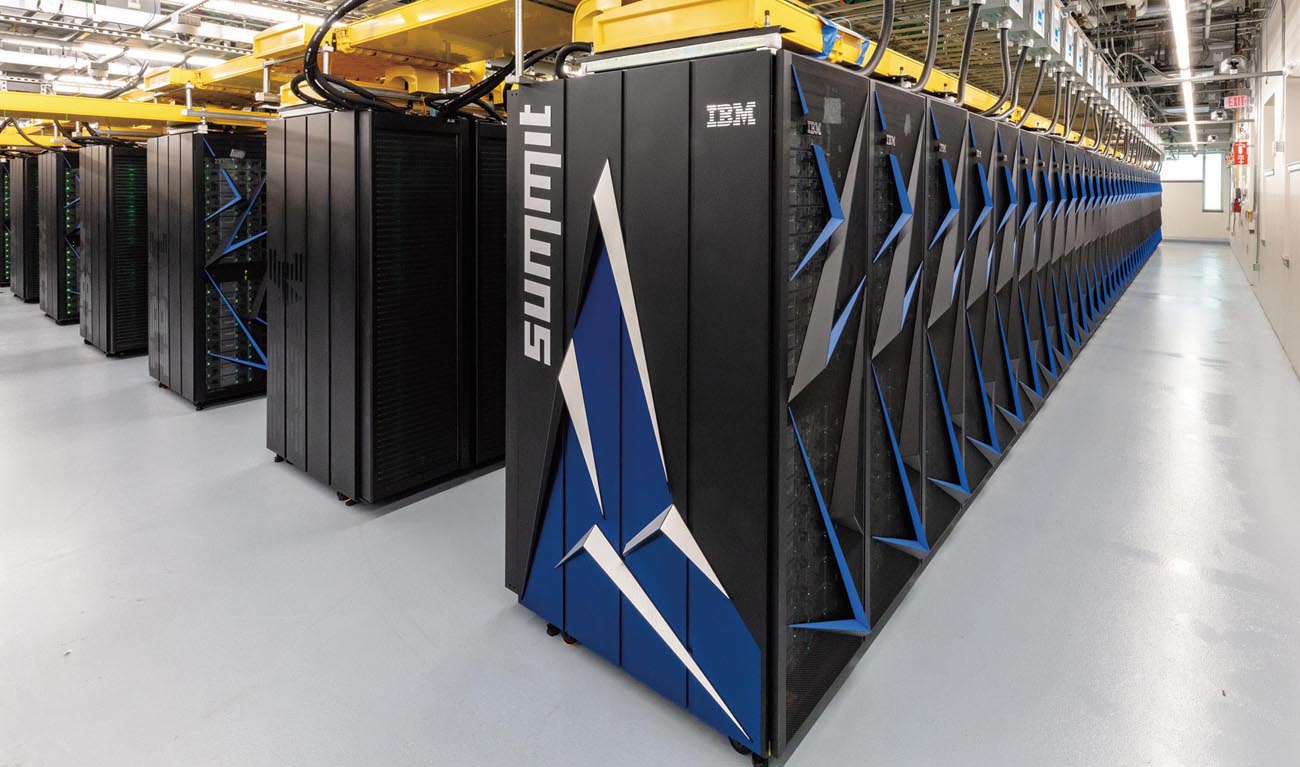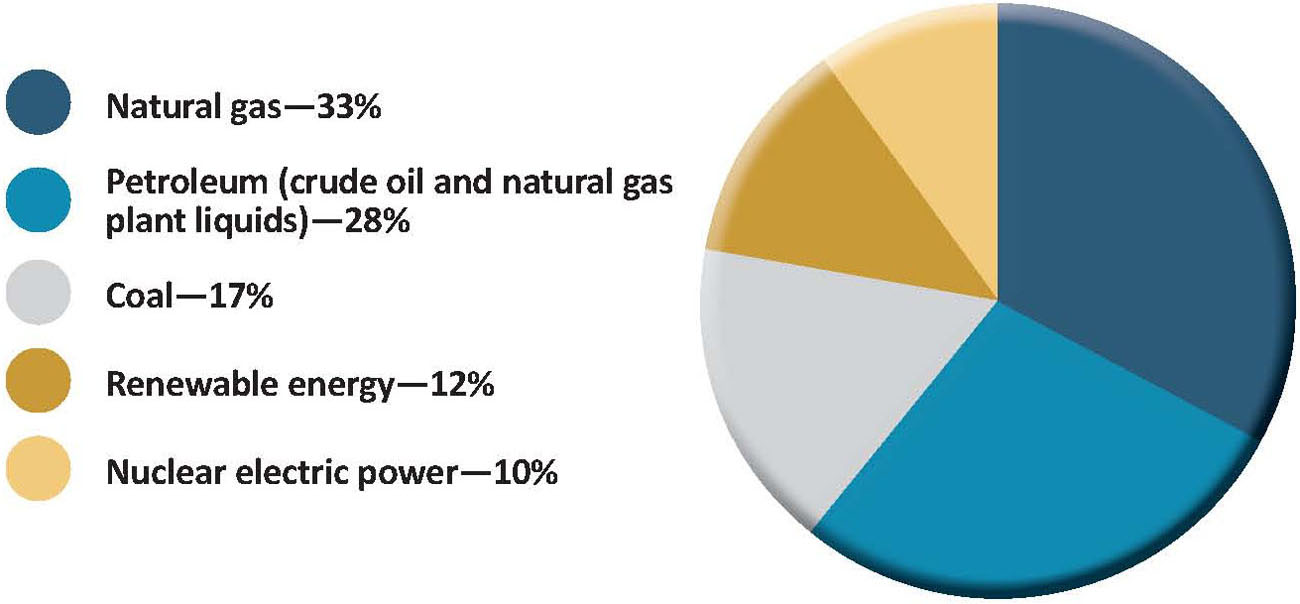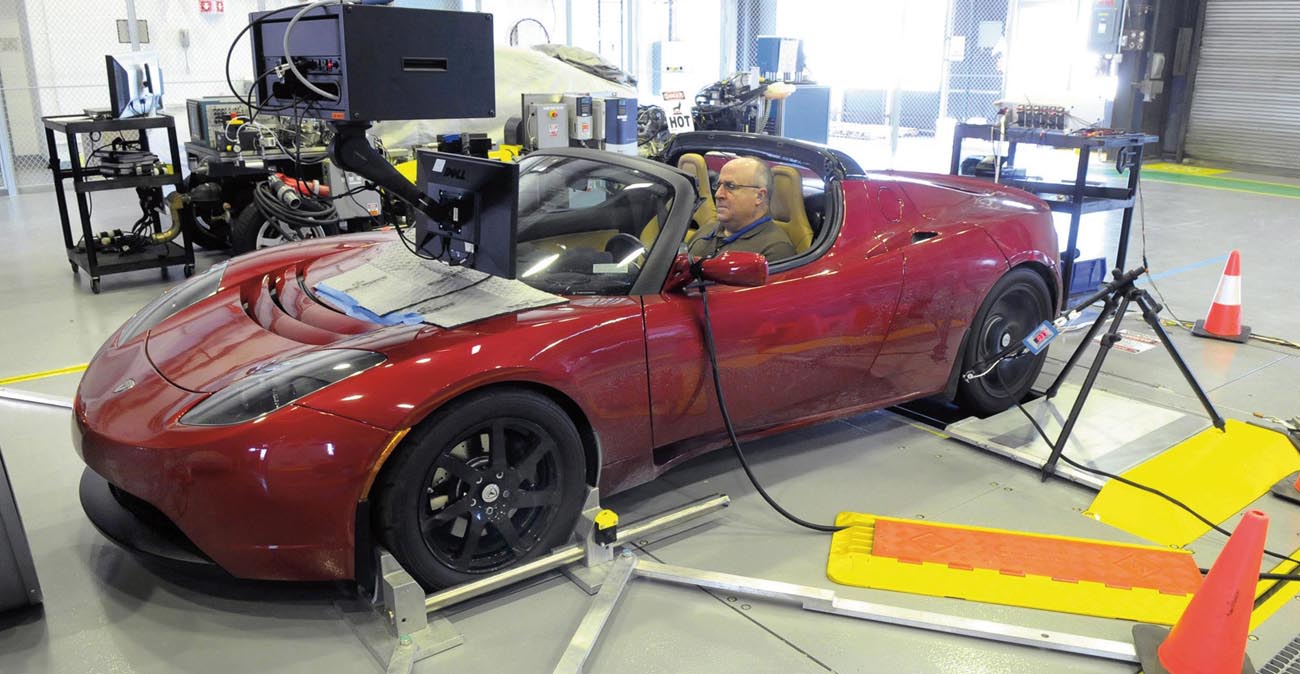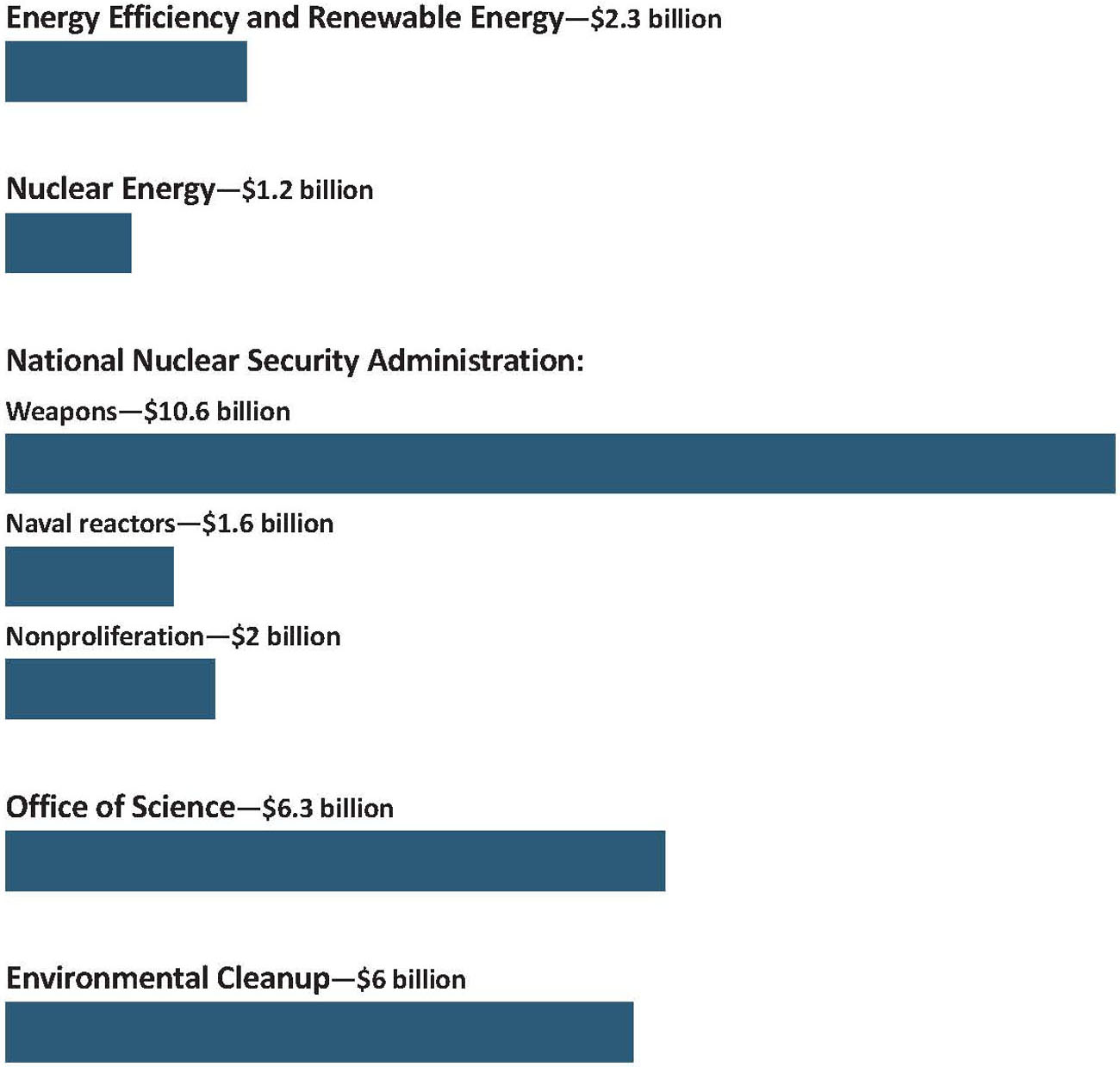Watching an animated movie, the audience might not realize the immense computing power that was needed to make it. That power makes details such as strands of hair look lifelike. Movie companies such as Pixar and DreamWorks are eagerly watching the development of a new generation of supercomputers. The computers will let their artists create even richer detail in their work. The money funding the development of these exascale computers comes in part from the U.S. Department of Energy (DOE).
But making great movies is not why the DOE is funding these computers. With its climate changes on crops and help develop treatments for some cancers.
Movie companies will use exacomputers in the future to make animations and special effects look even more realistic.
Businesses will also benefit from the vastly increased computing speed. For example, the exacomputers will help auto companies design lighter cars that use less fuel, while remaining strong enough to protect passengers during a crash. Many aspects of science and technology require fast computer calculations, and the new supercomputers will speed up the process.
In 2017 the DOE gave six U.S. companies more than $258 million to carry out research on the ECP. The companies also pledged money to the project and will work with scientists at six national laboratories. The labs are part of a group of 17 run by the Department of Energy.
The scientists involved in the project have several challenges as they work to build an exascale computer. Extremely fast computers require large amounts of electricity to run. They must also be cooled so they dont break down. Exacomputers will need more power and cooling than any other computers ever made. The new computers will also require new software. Finally, the U.S. scientists are trying to catch up with computer experts in China. That country has some of the worlds fastest supercomputers. In 2017 it announced that its first exascale computer would be operating in 2020. China and the United States often compete around the world for influence in business and military affairs. The country with the fastest computers can have an advantage in processing information it needs to pursue its interests. Some U.S. lawmakers want to see the United States regain the lead it once had in consistently producing the worlds fastest computers.
In June 2018 the Department of Energys Oak Ridge National Laboratory introduced Summit, the worlds fastest supercomputer.
Measuring Computing Power
The name exascale refers to the number of calculations per second the new supercomputers will perform. The first computer was introduced in 1946 and could add 5,000 numbers per second. Today, the fastest U.S. supercomputer can do quadrillions of calculations per second. Written as a number, one quadrillion looks like this: 1,000,000,000,000,000. One quadrillion calculations per second is known as a petaflop. Peta comes from a Greek word meaning five and refers to the fact that one quadrillion is the same as 1,000 multiplied by itself five times. In 2017, the worlds fastest computer, in China, could do 93 petaflops. In 2018, the DOE began operating a computer at the Oak Ridge National Lab with a speed of 200 petaflops. Exascale computers will reach speeds of 1,000 petaflops. Thats one trillion times faster than todays laptops. Exa comes from a Greek word meaning six and refers to the fact that one quintillion, the next large number measurement after a quadrillion, is the same as 1,000 multiplied by itself six times.

Oak Ridge National Laboratory in Tennessee
For the DOE in particular, increased computing power will have many benefits. The department already controls the fastest supercomputers in the United States, which are kept at some of the national labs. Current supercomputers are used to help DOE and other government scientists carry out experiments, called simulations. The simulations show what could happen in different situations. For example, a supercomputer can help study what materials might be best for a certain energy project. The simulation provides useful information without the cost of actually buying the materials and carrying out a physical experiment. One DOE supercomputer was used in 2018 to carry out simulations about earthquakes. From the simulation, scientists learned how an earthquake in a specific part of San Francisco would affect nearby buildings.
A Departments Mission
The work that the DOE does relies heavily on scientists who are experts in such fields as physics, biology, and chemistry. Some of their work is concerned with making sure the United States has enough energy to meet its needs. At the same time, scientists work to reduce any possible negative impacts the production of energy has on people and the environment. The department is also in charge of building and maintaining the nations nuclear weapons that work properly if they are ever needed.
The Department of Energy is one of 15 executive departments in the U.S. government. The mission of the DOE is to to ensure Americas security and prosperity by addressing its energy, environmental and nuclear challenges through transformative science and technology solutions.
Where the Energy Comes From: Here are the major sources of the nations energy, as of 2016
To carry out its mission the departments different offices focus on several basic areas related to energy. Along with building climate change, and scientists predict it may lead to coastal flooding, among other environmental problems.
A technician at DOEs Argonne National Laboratory tested the all-electric Tesla Roadster to gather data on electric cars.
Given its important role in funding and carrying out scientific research in many fields, the DOE often works with other executive departments. Because of its work on Office of Science also gives public and private colleges money to conduct research. Much of the research funded by the DOE goes on at the 17 national laboratories it runs.
Where the Money Goes: Here are the DOE programs that received the most money in the 2018 budget
Training Young Scientists
Along with carrying out research, the national labs encourage college students to learn more about science and technology. At

